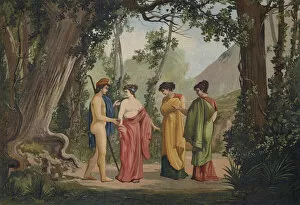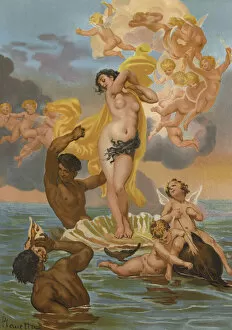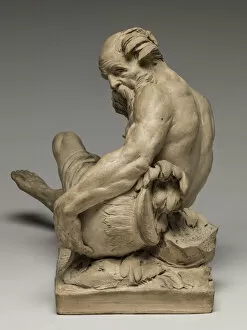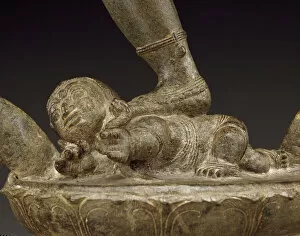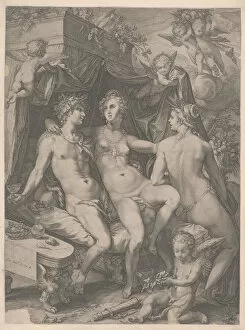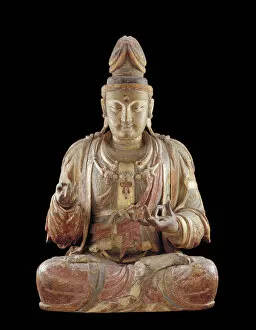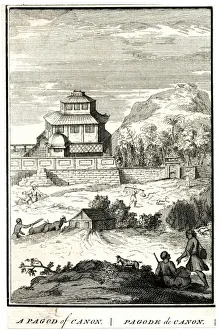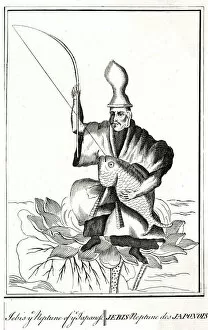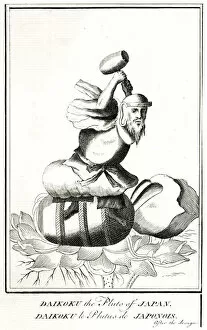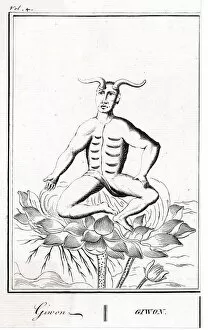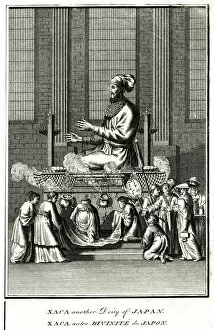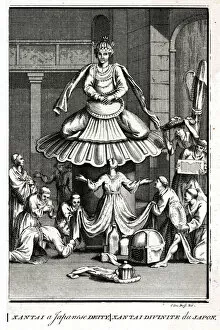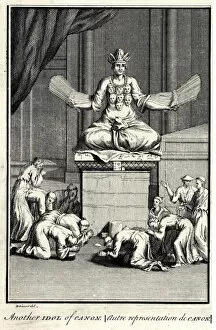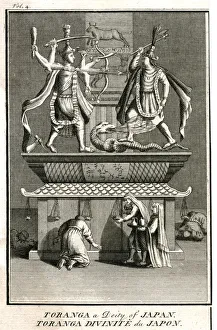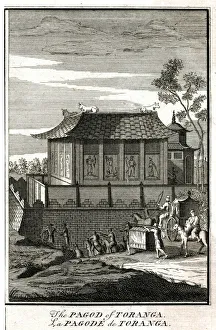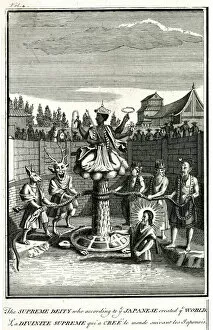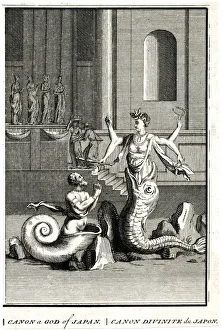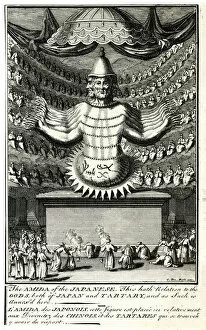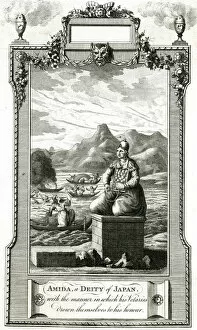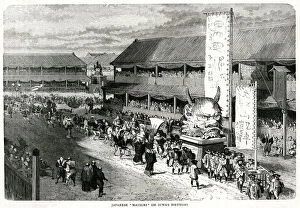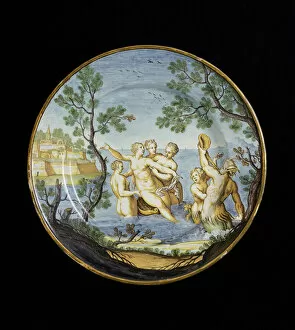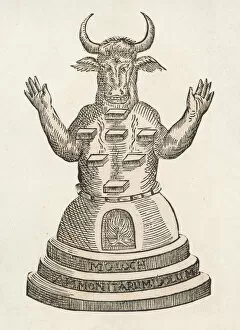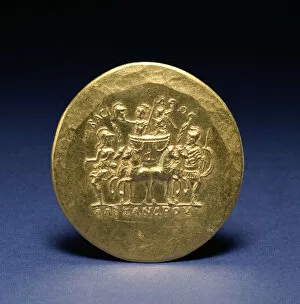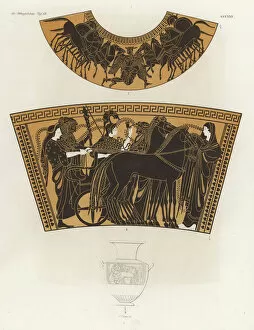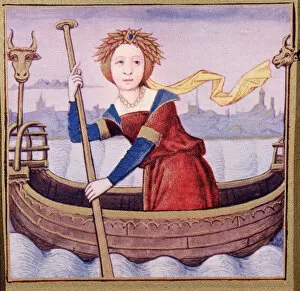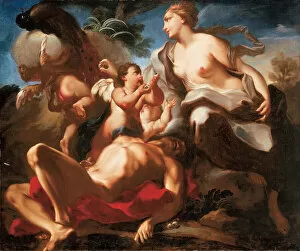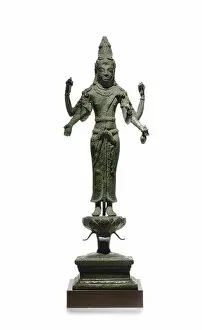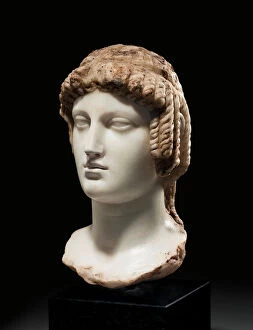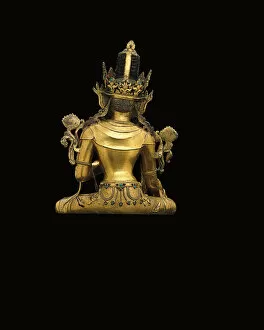Deity Collection (#99)
"Exploring the Divine: A Glimpse into the Multifaceted Deities of India and Beyond" Immerse yourself in a world where gods and goddesses reign supreme
For sale as Licensed Images
Choose your image, Select your licence and Download the media
"Exploring the Divine: A Glimpse into the Multifaceted Deities of India and Beyond" Immerse yourself in a world where gods and goddesses reign supreme, as we embark on a journey through captivating images that depict various deities from different cultures. In the heartland of India, behold the majestic Hindu gods Laksman, Rama, Sita, and Hanuman standing tall in all their divine glory. Their vibrant presence exudes power and devotion, reminding us of ancient tales that have shaped generations. Moving further into this mystical realm, we encounter Parvati, Lakshmi, and Saraswati – three enchanting Hindu goddesses who embody beauty, prosperity, knowledge respectively. In awe-inspiring statues like Annapurna giving food at Lakshman temple or Lakshmi gracefully holding lotus flowers symbolizing wealth; these celestial beings inspire reverence among devotees. Venturing beyond Indian borders to Greece's rich mythology brings us face-to-face with Hermes - an exquisite sculpture by Jonnard. This messenger god captivates with his youthful charm and agility. Returning to India's spiritual landscape reveals Krishna and Rada entwined in eternal love - their divine union celebrated across centuries for its profound symbolism of devotion. Further east lies Padmasambhava statue nestled within Kathok Wodsallin Gompa in Sikkim. This revered figure represents enlightenment and compassion within Tibetan Buddhism—a testament to how diverse faiths intertwine across Asia. Titian's Venus of Urbino takes us back to Renaissance Europe—an embodiment of feminine grace that transcends time itself—reminding us that divinity knows no boundaries or cultural constraints. As our exploration continues northward towards Norse mythology, Odin sits regally upon his throne—a wise ruler overseeing realms unknown to mortals—an emblematic representation of strength intertwined with wisdom. Back amidst the vivid tapestry of Hinduism, we encounter the divine couple Visnu and Lakshmi.


